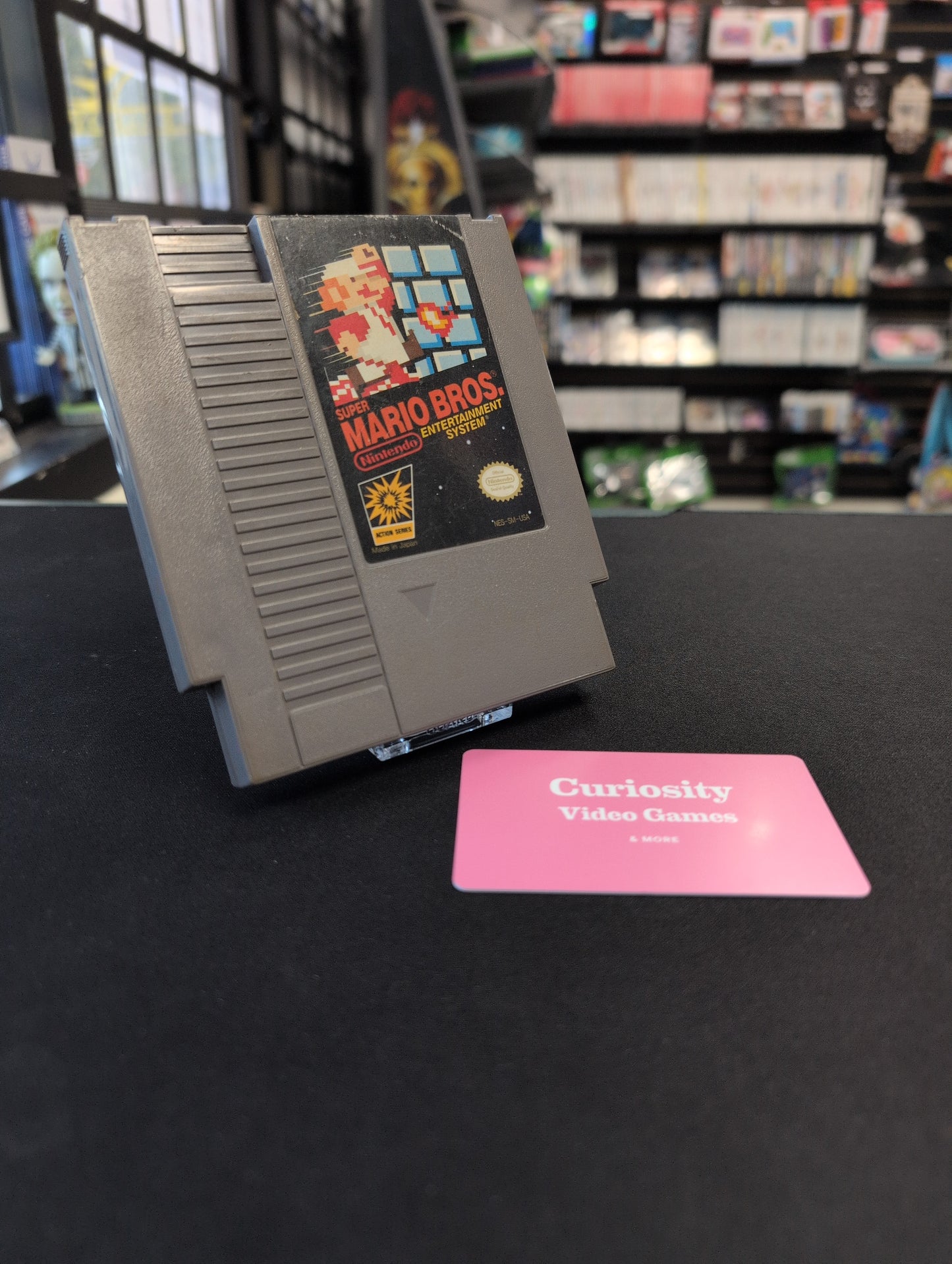Curiosity Video Games
Super Mario Bros for Nintendo Entertainment System (NES)
Super Mario Bros for Nintendo Entertainment System (NES)
Couldn't load pickup availability
Embark on the iconic adventure that defined a generation of gaming with Super Mario Bros. for the Nintendo Entertainment System. Join Mario, and his brother Luigi, as they journey through the Mushroom Kingdom to rescue the benevolent Princess Toadstool from the clutches of the evil King Koopa and his mischievous Koopa Troopas. Leap across bottomless pits, stomp on Goombas and Koopa Troopas, discover hidden power-ups like the Super Mushroom and Fire Flower, and smash blocks in a quest to reach the flagpoles of each castle. This groundbreaking platformer set the standard for countless games to follow, offering innovative level design, iconic characters, and endlessly addictive gameplay that remains a joy to play.
Key Features:
- Genre-Defining Platformer: Experience the game that popularized the side-scrolling platform genre and introduced many fundamental gameplay mechanics.
- Iconic Characters: Play as Mario or Luigi, on a quest to save Princess Toadstool from the villainous King Koopa.
- Power-Up Galore: Utilize classic power-ups like the Super Mushroom, Fire Flower, and Super Star to gain new abilities and overcome challenges.
- Vast and Varied Worlds: Explore eight distinct worlds, each with four challenging levels, culminating in a castle boss battle.
- Hidden Secrets: Discover warp zones, secret blocks, and bonus areas that reward exploration.
Metadata:
- Genre: Platformer
- Platform: Nintendo Entertainment System (NES)
- Developer: Nintendo R&D4
- Publisher: Nintendo
-
Release Dates:
- Japan: September 13, 1985
- North America: October 18, 1985
- Europe: May 15, 1987
- ESRB Rating: Not Rated (Predates ESRB)
- Mode: Single-player, Alternating Multiplayer
Share





